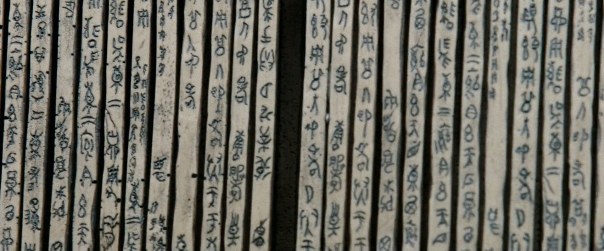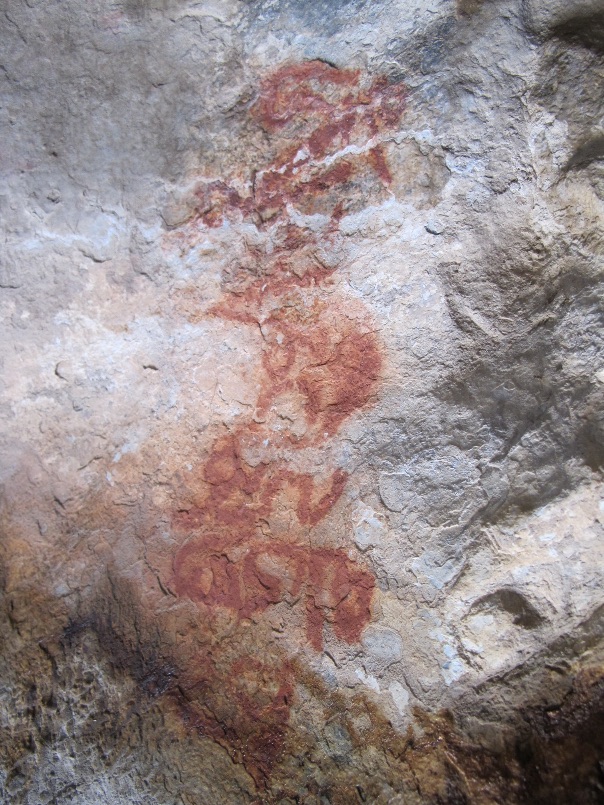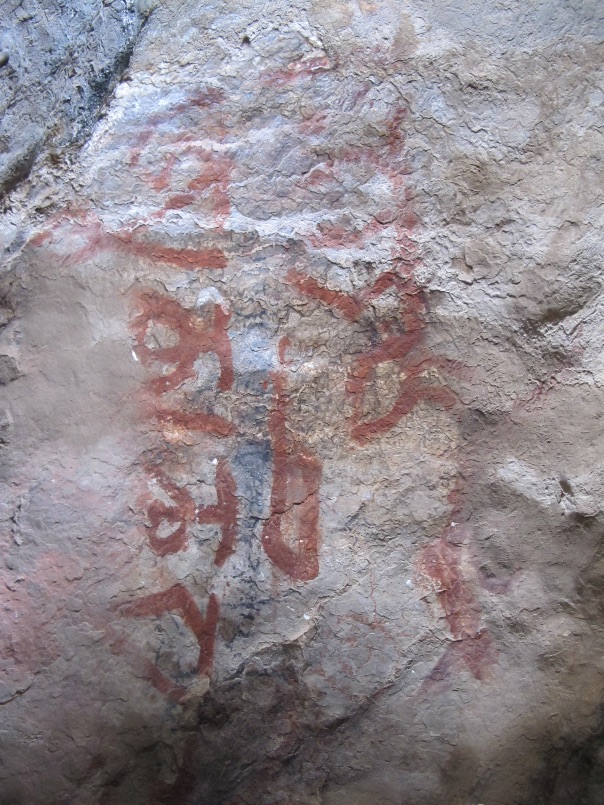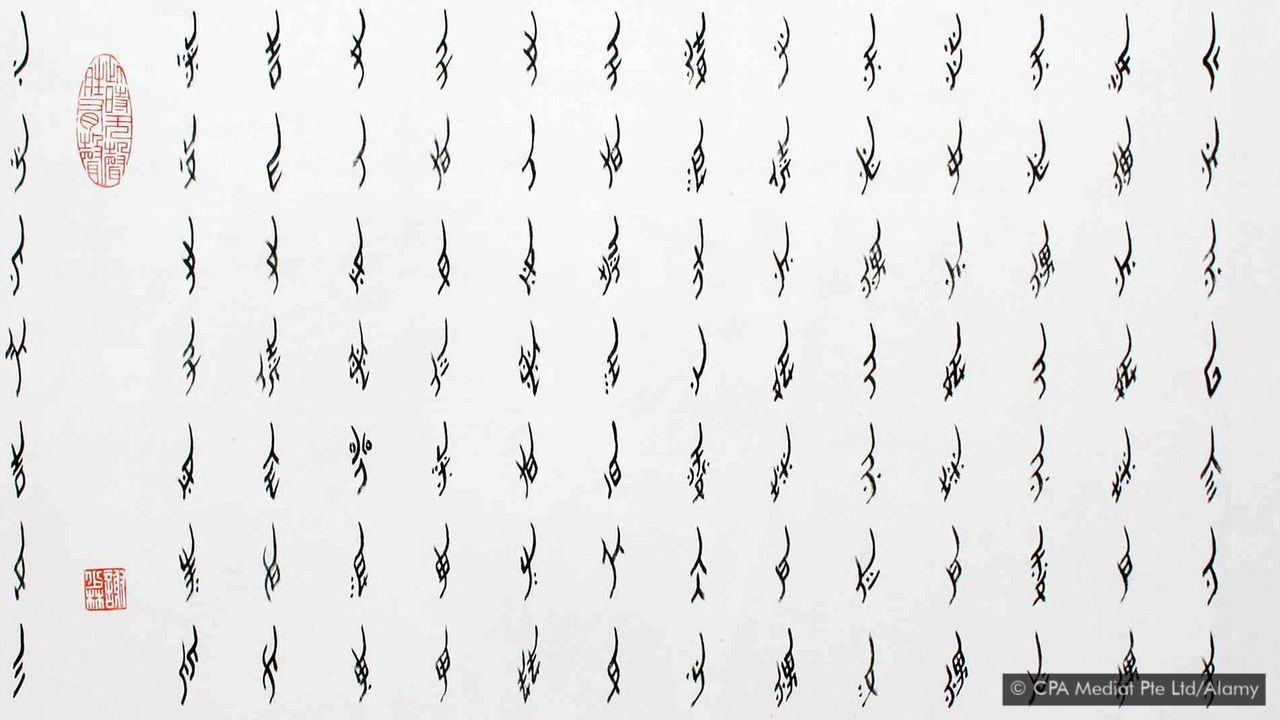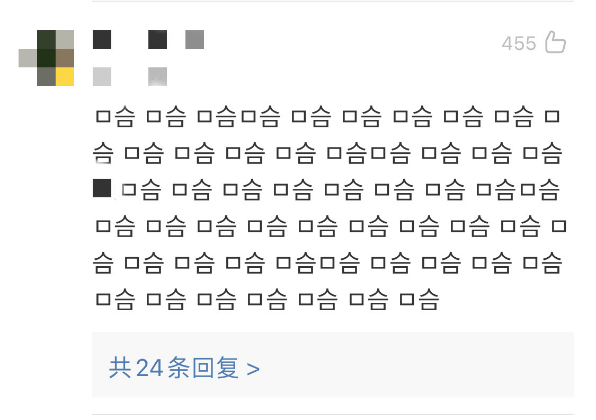I've always been intrigued by the Chinese expression "eat vinegar" (chīcù 吃醋) meaning "be jealous". To convey the idea of "jealous", one can also say dùjì 妒忌 or just dù 妒 (note the female semantophore). I learned the disyllabic form with the syllables reversed, hence jìdù 忌妒. The monosyllabic form (dù 妒) is ancient, going back to classical times.
I said jìdù 忌妒 instead of dùjì 妒忌 because the former is what all my Chinese friends and relatives said, though my impression is that the latter is more common across the Mandarin-speaking population. Nonetheless, I felt that saying jìdù 忌妒 was awkward because, except for the tones, it is homophonous with Jīdū 基督, which I always understood as some form of "Jesus". In fact, Jīdū 基督 is a short form of Jīlìsīdū 基利斯督, which is a transcription of "Christ", from Ancient Greek Χριστός (Khristós). The Sinitic transcription of "Jesus" is Yēsū 耶稣, which ultimately also comes from Ancient Greek: Ἰησοῦς (Iēsoûs), possibly via Latin Iesus and other European languages. Doublet of Yīyīsūsī 伊伊穌斯/伊伊稣斯. (source)
Incidentally, jì 忌 is a simplified form of 嫉 ("to envy, be jealous; to hate, resent"). Note that this traditional form of the character, like dù 妒, its synonymous morpheme partner in the disyllabic word jídù 嫉妒 ("jealous"), also has a female semantophore. Thus we get a double whammy of misogyny in jídù 嫉妒 ("jealous").
Read the rest of this entry »
